A long forgotten abbreviation is back in the news once again
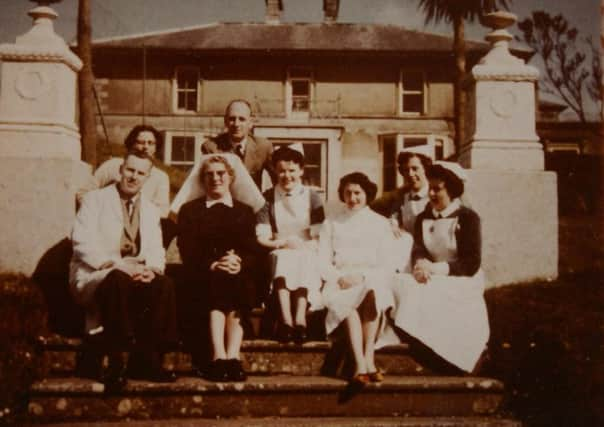

The once-common abbreviation was in news reports about ongoing research into coronavirus, with scientists wanting to study possible associations between the BCG vaccination and Covid-19 death rates around the world.
Many of us (of a certain age!) will remember getting our BCG injection, a vaccination against that other once-ubiquitous abbreviation TB, though not so much an injection as a ‘multiple jab’ in the shoulder.
Advertisement
Hide AdAdvertisement
Hide AdThe mention of BCG in the news brought back a host of memories because along with TB it played a hugely significant role in my childhood.


This page normally shares News Letter readers’ stories and memories, but today’s strays from the norm with some of Roamer’s own recollections from the days when those two abbreviations were on everyone’s lips. I was born early on a September morning in 1950 in the County Hospital in Enniskillen.
When my mum first held me in her arms she must have had mixed feelings as my father was desperately ill, awaiting life-threatening surgery for TB (tuberculosis) in London’s Royal Brompton Hospital.
They were both closely associated with TB.
My father, Theodore (Theo) Warmington was a young doctor in wartime-Belfast’s Forster Green Hospital when he fell in love with student-nurse Gertrude Kessler, my mum to be!
Advertisement
Hide AdAdvertisement
Hide Ad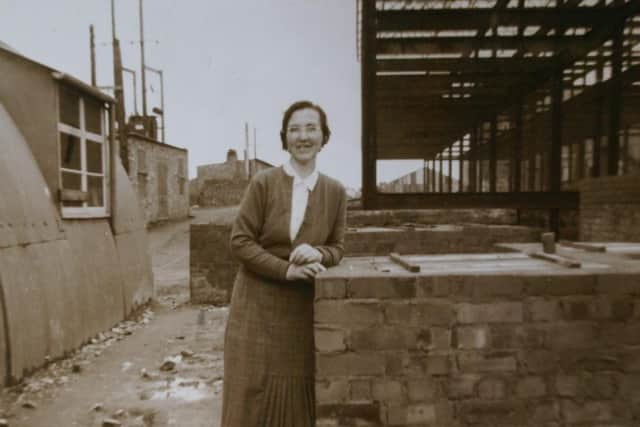

Foster Green was then a specialist TB hospital, amidst the tragic reality of 20 people in Northern Ireland dying each week from the disease and 60 new cases occurring.
Dad was a TB specialist doctor and mum was a trainee TB nurse when they married and I didn’t meet my father till he returned from the Brompton hospital, minus a TB-ravaged lung, when I was two-years old.
His mother also contracted the dreaded ‘consumption’ and survived intact till she was almost 101 years old.
Their shared illness undoubtedly induced my father to specialise in tuberculosis.
Advertisement
Hide AdAdvertisement
Hide Ad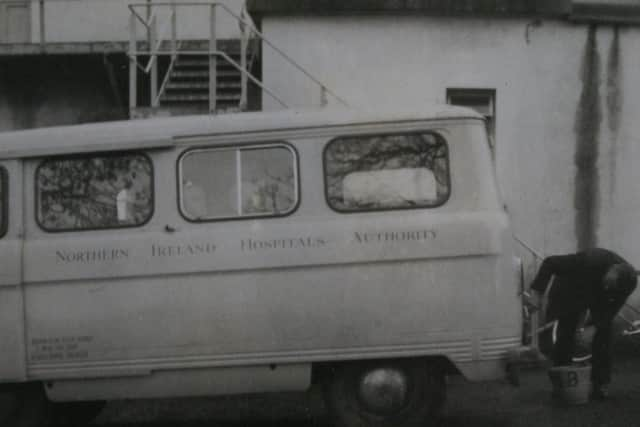

In 1946 the Public Health (Tuberculosis, Northern Ireland) Act became law, the Northern Ireland Tuberculosis Authority (NITA) was set up and TB became compulsorily notifiable,
There were over 14,000 sufferers all across our beautiful little country and statistics were growing fast.
Dad was dispatched to Fermanagh by the NITA to purchase a suitable building for conversion into a TB hospital - a large, hill-top residence beside Lough Erne which became Killadeas Hospital.
His life revolved around his duties there and his consultations in the Enniskillen County Hospital and with TB clinics in an old, arch-roofed, corrugated iron hut beside the town’s former Workhouse on the Cornagrade Road.
Advertisement
Hide AdAdvertisement
Hide Ad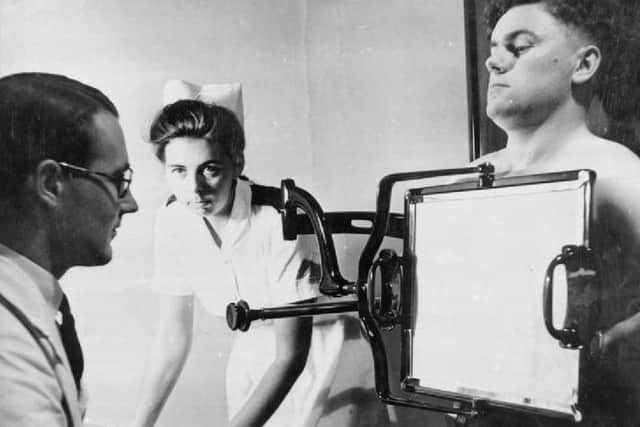

The NITA, keen to promote community awareness about the rampant illness, required their chest physicians to provide public talks and lectures about tuberculosis.
I proudly attended one of dad’s presentations in my primary school dining hall, intrigued that my little classmates, and the teachers and older pupils in particular, listened so intently.
They were probably very apprehensive!
We queued to observe his (rather gory!) X-Rays of infected lungs.
We listened to each other’s chests with his stethoscope.
We gazed in awe through his microscope at blood samples and were told all about the BCG vaccination, the first genuine immunisation against TB.
Advertisement
Hide AdAdvertisement
Hide Ad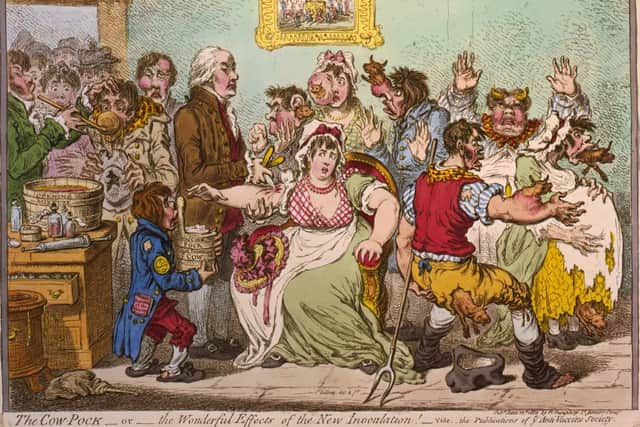

It was developed from attenuated (weakened) bovine-strain (affecting cattle) tuberculosis by Dr Albert Calmette and veterinarian Camille Guérin in 1906, and thus was named BCG (Bacille Calmette-Guérin).
Dad displayed a rather worrying cartoon showing the similarly bovine-strain ‘cowpock vaccine’ being administered to frightened patients with cows emerging from different parts of their bodies!
BCG was first used on humans in 1921 in France and widely introduced here after WWII.
The skin on the upper arm was momentarily, simultaneously and relatively painlessly pierced with half a dozen tiny needles, allowing the vaccine to enter the body.
Advertisement
Hide AdAdvertisement
Hide AdLife at home for a TB doctor’s son in the 1950s was occasionally unnerving.
The daily lunch table was adorned with the usual cups, saucers, plates and cutlery….and a test-tube rack!
Dad brought home his morning-surgery’s cache of blood-samples which took about half an hour of standing in a steady, vertical position before he measured the results. That was more or less the duration of lunch, so we sipped our soup while the serum settled! And all our family friends were ‘in the business’.
Sarah Elliot, Dad’s secretary in his TB clinic, became my adopted Aunty Sarah.
Advertisement
Hide AdAdvertisement
Hide AdShe showed me the packed files of X-Rays, two-feet-square, ghostly, black and white images of thousands of Fermanagh-folk’s lungs.
Some of the images contained ominous dark ‘shadows’, the very bad news that dad all-too-often imparted to his patents.
On Saturday mornings I went with him to Killadeas hospital and made friends with the TB patients, with Dr Edwin James from Dungannon and with other staff. The ambulance driver let me play in his (stationary) ambulance!
In 1959 the Tuberculosis Authority’s functions were transferred to the Hospitals Authority and the various health and welfare committees.
Advertisement
Hide AdAdvertisement
Hide AdThe report of the 1982 Tuberculosis Survey Northern Ireland stated - “The legacy of this remarkable tuberculosis organisation…can be seen in the fact that the incidence of tuberculosis in the Province is substantially lower today than in the other areas of the British Isles.”
The disease killed more than one billion people worldwide between 1800 and 2000. Intriguingly, BCG is back in the news today!
Comment Guidelines
National World encourages reader discussion on our stories. User feedback, insights and back-and-forth exchanges add a rich layer of context to reporting. Please review our Community Guidelines before commenting.